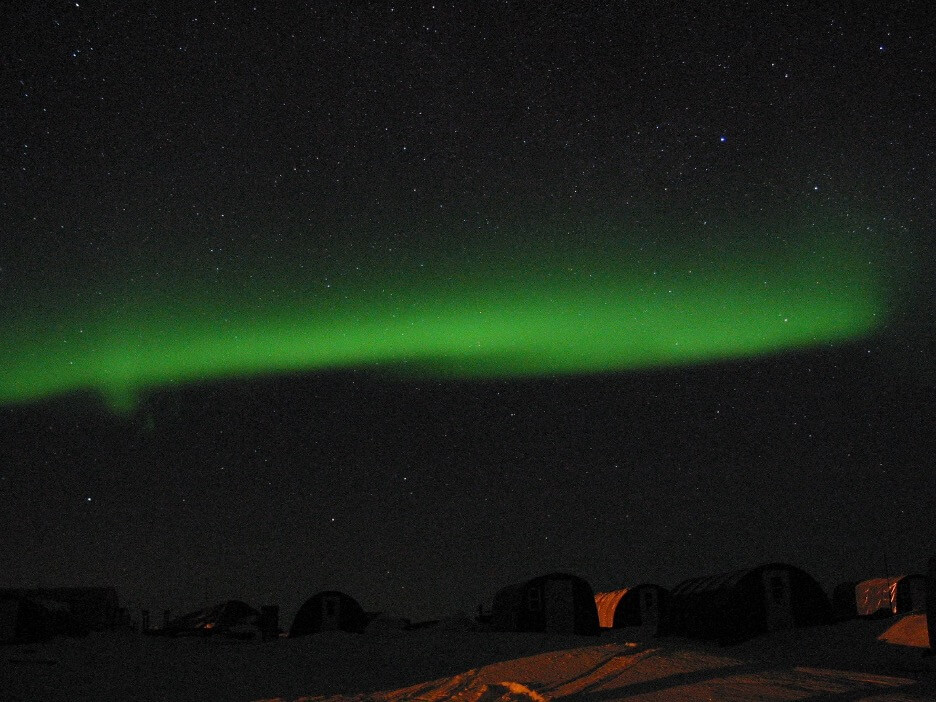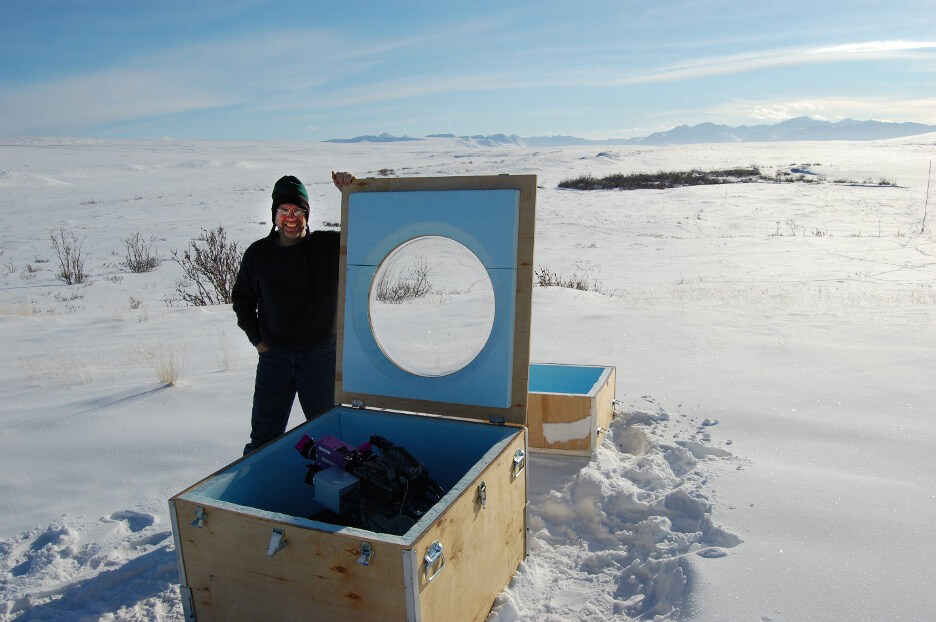Cadet Research Spotlight: Space Physics and Atmospheric Research Center Photometer

by Nicole Cox, USAFA Graduate Liaison
Cadet Zachary Eyler, Class of 2021, and his research advisor Dr. Matthew McHarg are working on a photometer, a device that measures the amount of incoming light, designed to take measurements of the Aurora. The goal of the project is to learn more about the mechanisms responsible for high frequency flickering in the Aurora’s intensity. Cadet Eyler’s efforts to program the photometer have led to an ability to get real-time read outs of auroral conditions. His program quickly analyzes the incoming data, writes it to a file and sends instruction back to the photometer. The readouts from this photometer provide direct input into the NASA sounding rocket program. With the right conditions detected through Cadet Eyler’s stellar programming, NASA teams are able to send up sounding rockets to study the aurora.

Cadet Eyler and Dr. McHarg plan to publish their work on the photometer to share their goals with the rest of the scientific community. This fall they will run additional tests to include a photometric calibration on stars with the help of the United States Air Force Academy Observatory. They hope to be back in Alaska during Winter Break to take more measurements.
Dr. McHarg is the director of the Space Physics and Atmospheric Research Center (SPARC), part of the Department of Physics. The SPARC provides cadets the chance to work on real space science projects ranging from ground-based observations to space-based projects. The center works with cadets to build science payloads which are flown on different DoD and NASA satellites; however, these projects can take years
To learn more about research at your Air Force Academy, contact the Research Office at DFRO_Office_of_Research@usafa.edu. You can also visit the Research Office webpage.